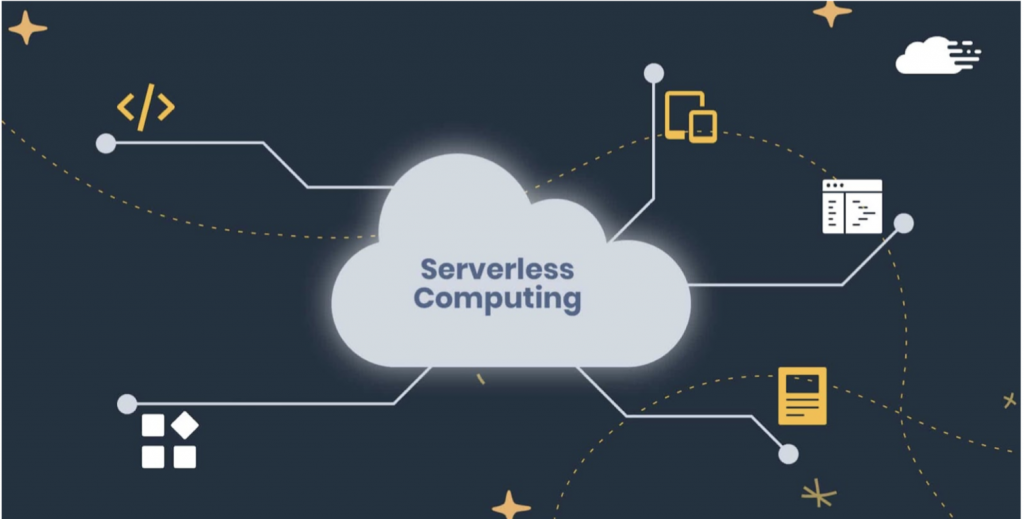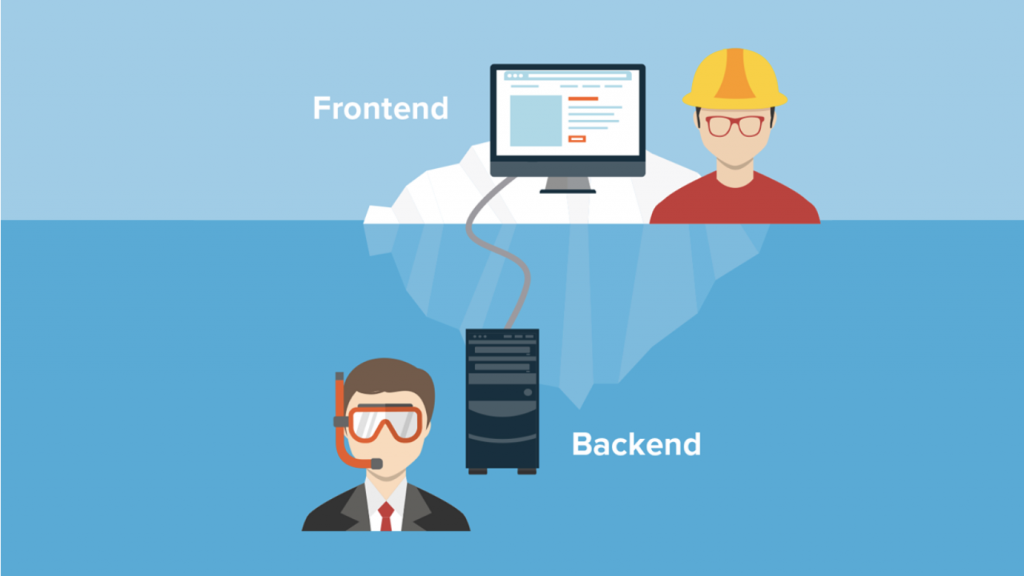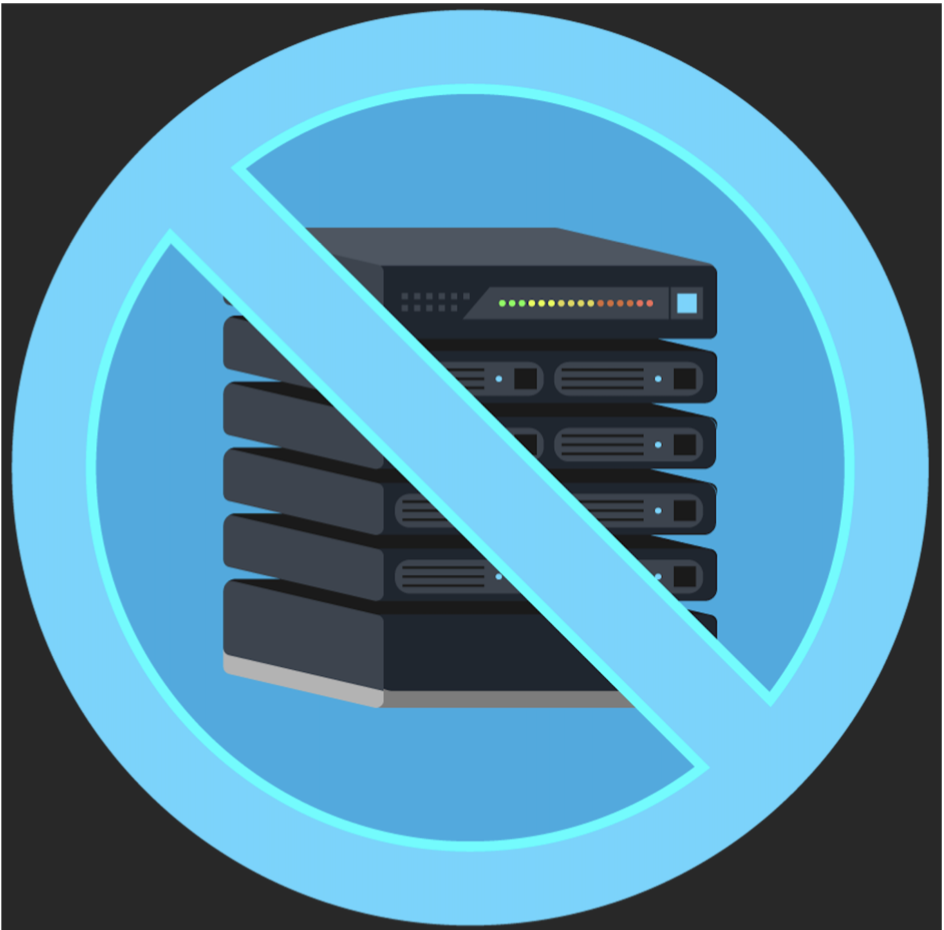The very concept of servers has been integral to the advent of the internet. However, the rise of “Infrastructure as a Service”, or IaaS, is increasingly rendering local servers obsolete. This relates to the notion of “serverless computing”, which is a core part of many modern backend infrastructures. Traditional Web2 development frequently relies on serverless computing, and there’s a myriad of tools available.. Several well-established vendors offer serverless computing deals, such as Google Cloud Functions, Azure Functions, and IBM Cloud Functions. However, Web3 development lacks the same plethora of backend tools as Web2. Or, at least that was the case before Moralis. Moralis is not only the premier blockchain middleware provider – it is also a leading serverless computing vendor for Web3. As this is the case, we’ll take this article to dive deeper into what serverless computing is and look closer at the best Web3 serverless computing provider — Moralis.
Moralis is the best Web3 development platform on the market, and as a user, you can build serverless dApps (decentralized applications) in just minutes. Moralis provides users with an infinitely scalable backend infrastructure, without any hassle. As such, all you as a developer need to focus on are smart contracts and your application’s UI. Therefore, Moralis is a huge timesaver, and you can cut down the time to market for your dApps dramatically.
As Moralis is the premier serverless computing service for Web3 development, make sure to sign up with Moralis today. Not only does the platform supply you with an underlying infrastructure, but you will get further access to all the other innovative Moralis features. So, without any further ado, let us look into the concept of serverless computing and why Moralis is your best choice!
What is Serverless Computing?
So, let us start with the basics – what is serverless computing? Serverless computing is essentially a method for providing backend services to developers, without needing to run physical servers. As such, serverless computing vendors allow the users of their services to write and deploy code without setting up an underlying backend infrastructure.
Vendors traditionally charge for these services based on the computations that the company or developer using these backend services do. This means that the users of serverless computing do not need to pay for a fixed amount of bandwidth.
Furthermore, keep in mind that even though the name is ”serverless”, there is still an underlying need for servers. However, the reason for the name is that the developers buying these services do not need to worry about the physical servers themselves.
From a historical perspective, early web developers had to buy and set up their own hardware to run a server. This is a process in itself, and it takes time and valuable resources.

Cloud computing came along to solve this problem, where developers can rent server space remotely. In cloud computing, customers buy a predetermined unit of space. This means that companies and developers are prone to over-purchasing to cope with spikes in traffic. Consequently, costs can become relatively high and unnecessary, and as companies want to cut costs, serverless computing opted for another solution.
Serverless computing generally allows users to pay using a ”pay-as-you-go” basis. This means that developers only need to pay for the exact amount of resources needed to perform a function. We can use the analogy of cell phone subscriptions to put it into perspective. It is like moving from a subscription to only paying for each byte of data used. As such, it is possible to minimize fixed costs.
What are Backend Services?
When building applications, we can often divide development into two different domains: the backend and the frontend. This is true regardless of whether we’re talking about apps or dApps. The backend is the part of the application that users do not interact with and what they can’t see. So, for example, in the backend, we have servers where the files live as well as databases that hold the logic and user data.

Contrary to the backend, the frontend is the part of the application that the users can see and interact with. An example here is the UI of the applications.
Web3 development is quite similar to Web2, but there is a third important component; smart contracts. This means that dApps consist of a backend, frontend, and smart contracts. Smart contracts are one of the reasons why dApps can be decentralized, and they are essential for these applications. These contracts are commonly written in the programming language Solidity. However, if you are not familiar with smart contracts, we recommend the following article to explain smart contracts.
Moreover, the services provided by serverless computing vendors involve everything that is part of the backend development. As such, these provide everything from servers to databases where information is stored. This is more or less the same for Web3 development, and it is especially beneficial since the backend development of dApps can be very complex.
Main Advantages of Serverless Computing
There are many different advantages of utilizing serverless computing, both for traditional Web2 development and for building dApps. Here are four main benefits of backend services:
- Scalability — When building and developing an application, there comes a time when we might need to scale up the operations. In this case, using serverless computing is highly beneficial since developers do not need to worry about scaling up their code. The reason for this is that the serverless suppliers take care of the scaling on demand.
- Quicker time to market — Utilizing a serverless architecture structure can significantly speed up turnaround. Developers can substantially shorten the time to market since they won’t be needing complex deploy processes. Instead, developers can modify and add code on a piecemeal basis.
- Cut out costs — This is a cost-effective alternative when comparing it to setting up your own infrastructure or using a traditional cloud provider. This is because we can save time and money by skipping parts of building the complex backend infrastructure. Along with this, the conventional cloud providers charge a fixed rate which means that developers might need to pay for unused space.
- Simple backend code — With serverless computing, it is simpler to create functions that independently perform a single action, much like an API call.
Disadvantages of Serverless Computing
Just like all things, there are both advantages and disadvantages to serverless computing. In the previous section, we mentioned the main benefits, and as such, we’ll also look at some of the main drawbacks:
- Testing and debugging — It is in many cases hard to replicate the serverless environment to test how the code performs once it is deployed. As developers don’t have access to the backend structure, it makes debugging a bit more complicated. However, when it comes to dApp development with Moralis, there are great solutions to this problem, such as setting up a local blockchain with, for example, Ganache.
- Security concerns — As the serverless computing vendors supply the entire backend infrastructure, it might be hard to vet the security thoroughly. This is primarily an issue when it comes to applications handling sensitive data. However, as Web3 development is decentralized, this is mainly an issue for traditional Web2 developers.
- Performance issues — The serverless code isn’t constantly running, which means that it might need to ”boot up” whenever it is used, which can cause performance issues. However, if the code is constantly used, the provider will keep the code ready.
- Supplier dependence — As a vendor provides the services, it means that developers and companies become dependent on the providers. One example is that it can be pretty difficult to switch vendors if necessary.
However, these issues of serverless computing are mostly related to traditional Web2 development. The problems with security and testing do not apply to Web3 development to the same extent. As such, the advantages far outweigh the disadvantages, especially when working with Moralis.
Who Should Utilize Serverless Computing?
As we discovered, there are many advantages to utilizing serverless computing, and in a majority of cases, these advantages outweigh the disadvantages, especially in Web3 development. So, to answer the question of ”Who Should Utilize Serverless Computing?” we should look closely at the advantages of this service.
The first thing is the significantly shorter route for developers to get to market. For developers that need to move quickly, serverless computing is an excellent solution. Furthermore, utilizing a serverless architecture means that we can build flexible apps that are prone to be updated or expanded, which means that our application will be more adaptable after the market’s demand.

Furthermore, applications experiencing inconsistent usage are also highly suitable for this structure as they will only need to pay for what they are using. As such, we can cut costs significantly as there is no need to pay for unnecessary server costs.
However, when it comes to Web3 development, serverless computing is beneficial for most users. The reason for this is that building an infrastructure in this domain is quite complicated and resource-intensive. So, by utilizing the backend infrastructure services of Moralis, we won’t need to worry about the hassle of setting up a Web3 backend infrastructure. As such, we can shorten the time to market and cut high costs.
Moreover, now we have mentioned Moralis continuously throughout this article, so let’s take a closer look at what Moralis is and what the platform has to offer.
What is Moralis?
Moralis is the best middleware for Web3 development, and provides everything you need to build and deploy your dApps. Moralis allows users to build serverless dApps as the platform provides a fully functioning backend infrastructure for all its users. As such, developers can solely focus on developing smart contracts and the frontend of their applications. This means that the platform users can draw from the main benefits of serverless computing, such as cutting costs, gaining a quicker time to market, and increased scalability.

Furthermore, Moralis offers a selection of other great tools that aid in building serverless dApps. You can, for example, authenticate users with MetaMask, utilize real-time databases, set up real-time alerts, and utilize cloud functions.
Along with this, Moralis also supports cross-chain compatibility. This means that you can sync users data and events across several different blockchains. This usually requires complex and expensive infrastructures, but Moralis’ services are natively cross-chain, meaning Moralis does all the heavy lifting.
So, with the infrastructure and the tools provided by Moralis, it is quick and easy to build your first dApps. Furthermore, Moralis also offers support when it comes to building dApps. The documentation is full of helpful guides to aid you from an idea to a product ready for the market. Moreover, the Moralis blog contains articles to assist you with development; for example, there are guides for creating Ethereum dApps, BSC dApps, and much more.
So, if you want to develop dApps, we recommend Moralis. As a user, you’ll receive many competitive advantages, one of which is a shorter path to market. Sign up with Moralis today to access all the development tools of the platform!
What is Serverless Computing? — Summary
Developing a backend infrastructure has always been a complex procedure for both Web2 and Web3 development. However, the Web2 scene is characterized by several different serverless computing vendors that can aid in this process. When it comes to Web3, there have not been platforms providing the same services in the same convenient manner. However, this is no longer the case with Moralis.
Serverless computing is a method for developers to build applications without worrying about a complex backend infrastructure as entities provide this service for them. These services often involve a ”pay-as-you-go” structure which means that developers only pay for the server space they are using.
Moralis provides users with an infinitely scalable infrastructure that aids tremendously in the development process. As this is the case, developers can draw all the benefits of serverless computing when developing with Moralis. This means that we can cut costs, scale our dApps, and get a quicker route to market. So, this means that Moralis is the best way for you to build serverless dApps as the platform already manages the backend infrastructure.
Furthermore, the platform also offers other useful tools, some we mentioned earlier, but others are native support for IPFS, Speedy Nodes, and the Moralis NFT API. In combination with the fully managed backend infrastructure, these tools make Moralis the ultimate Web3 development solution.
So, if you are interested in becoming a dApp developer today, the first step is to sign up with Moralis. You will receive access to all the development tools and can significantly shorten your development process, to beat your competitors to market!
